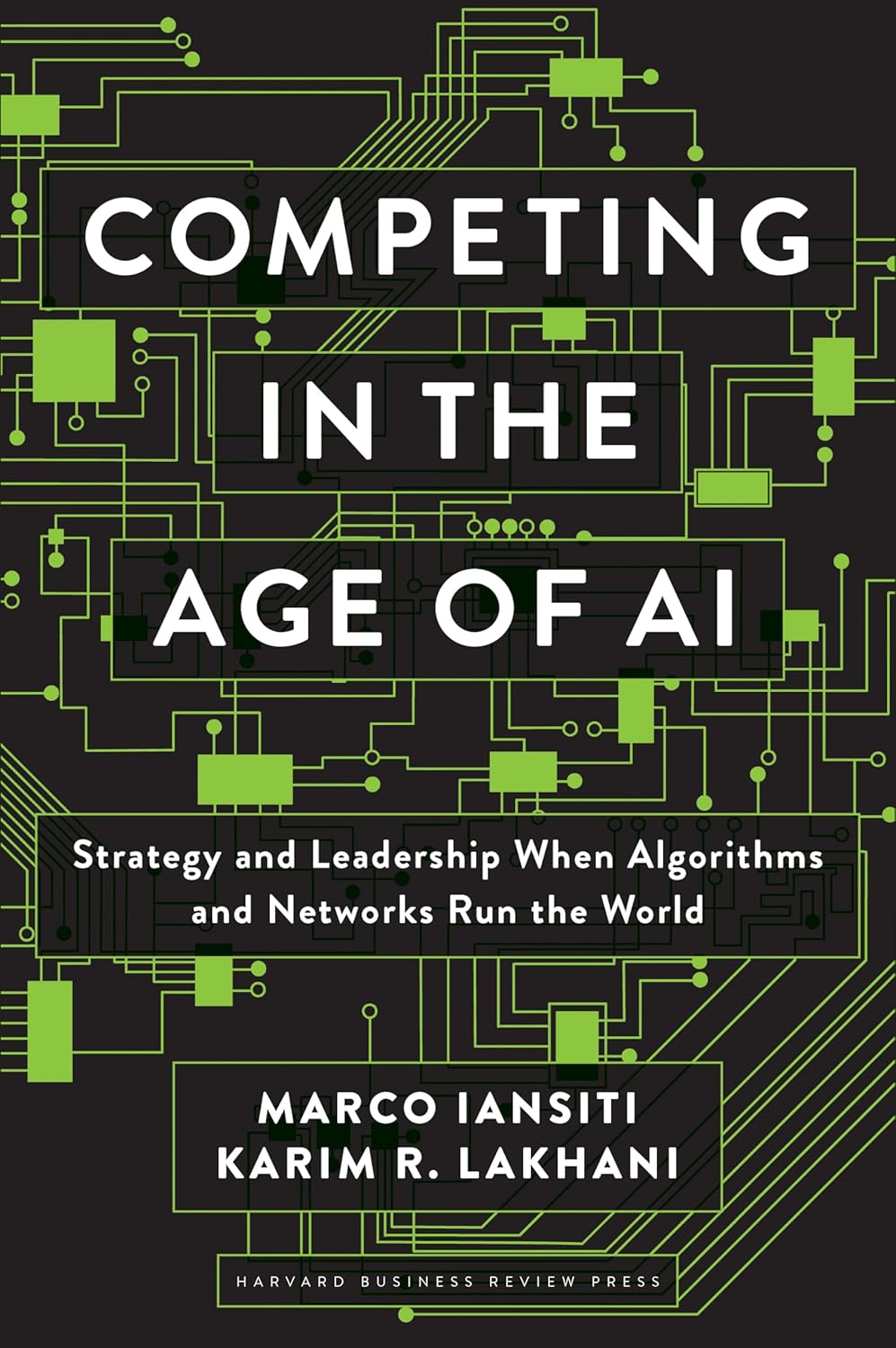I recently dove into “Competing in the Age of AI” by Marco Iansiti and Karim R. Lakhani, a book that promises to reshape how we think about business in the era of artificial intelligence. As someone who is deeply interested in both technology and business strategy, I was intrigued by the notion of AI-centric organizations redefining traditional constraints and how they create value. I wanted to see if the book lived up to its description as “a provocative new book” by The New York Times.
The authors argue that AI-driven processes break the old molds of business, offering startling scalability and the ability to straddle industry boundaries—something that really caught my attention. They focus on case studies from companies like Airbnb and Amazon to illustrate how these organizations flourish in a data-driven environment. I found their framework for rethinking business models particularly enlightening. It forced me to reconsider how modern firms might compete against one another, especially when traditional operating constraints are lifted.
One of the standout positives for me was the authors’ powerful use of examples from leading firms. Each case study added depth to the theoretical frameworks they presented, making some potentially dense material more digestible and engaging. Moreover, their insights into how the collisions between AI-driven and traditional firms are reshaping competition gave me much to ponder, especially about the evolving nature of leadership in this new context. Companies must be agile and responsive, and the book highlights the new responsibilities for leaders navigating this landscape.
However, there were a few drawbacks I encountered that are worth mentioning. For instance, while the book is packed with information, it can sometimes feel overwhelming. The dense research findings might leave readers who aren’t as familiar with the subject matter scratching their heads. I can see why some readers have noted it could have benefitted from a more straightforward narrative style to guide less experienced readers through its concepts.
Additionally, I found the discussion around the risks posed by digital firms sometimes too brief. The authors indicate these challenges but don’t dive deeply enough into how traditional companies can realistically combat them. This left me wanting more actionable insights on navigating those risks instead of just an outline of their existence.
Despite these minor drawbacks, the book largely met my expectations. I enjoyed how it encapsulated essential truths about the current business landscape. The work aligns with its assertion that AI is transforming how value is created, captured, and delivered in a way that fundamentally alters competition and industry dynamics.
In conclusion, “Competing in the Age of AI” offers a compelling look at how technology is reshaping business strategies. While it has a few areas that could be improved for clarity and depth, the research and examples presented provide invaluable insights for anyone interested in understanding the future of business in an AI-driven world. I wholeheartedly recommend this book, especially to those in leadership roles or aspiring to be, as it will challenge and inspire you to think more strategically about the role of AI in your organization. Overall, I’d rate it a solid 4.5 out of 5 stars!








